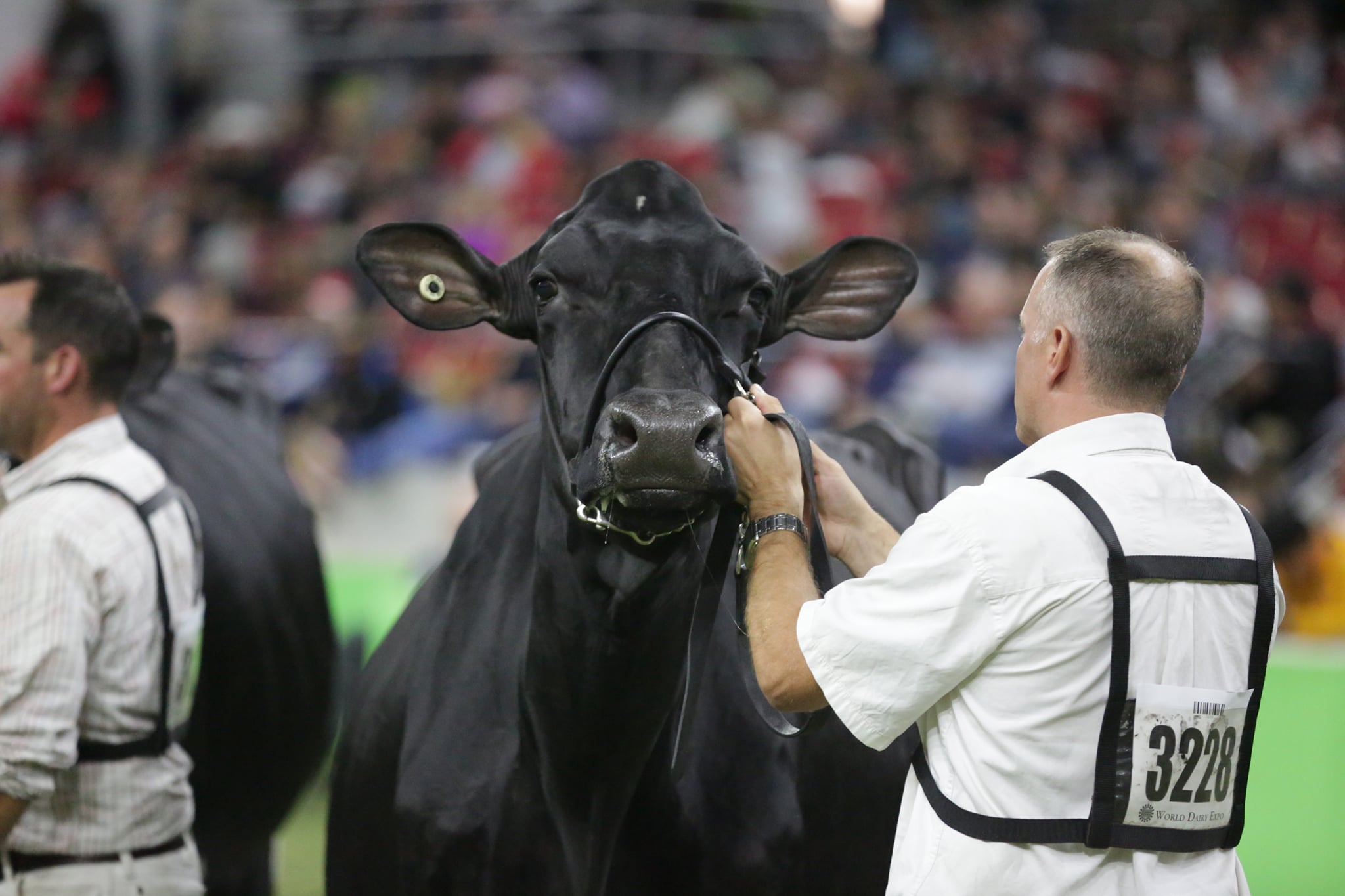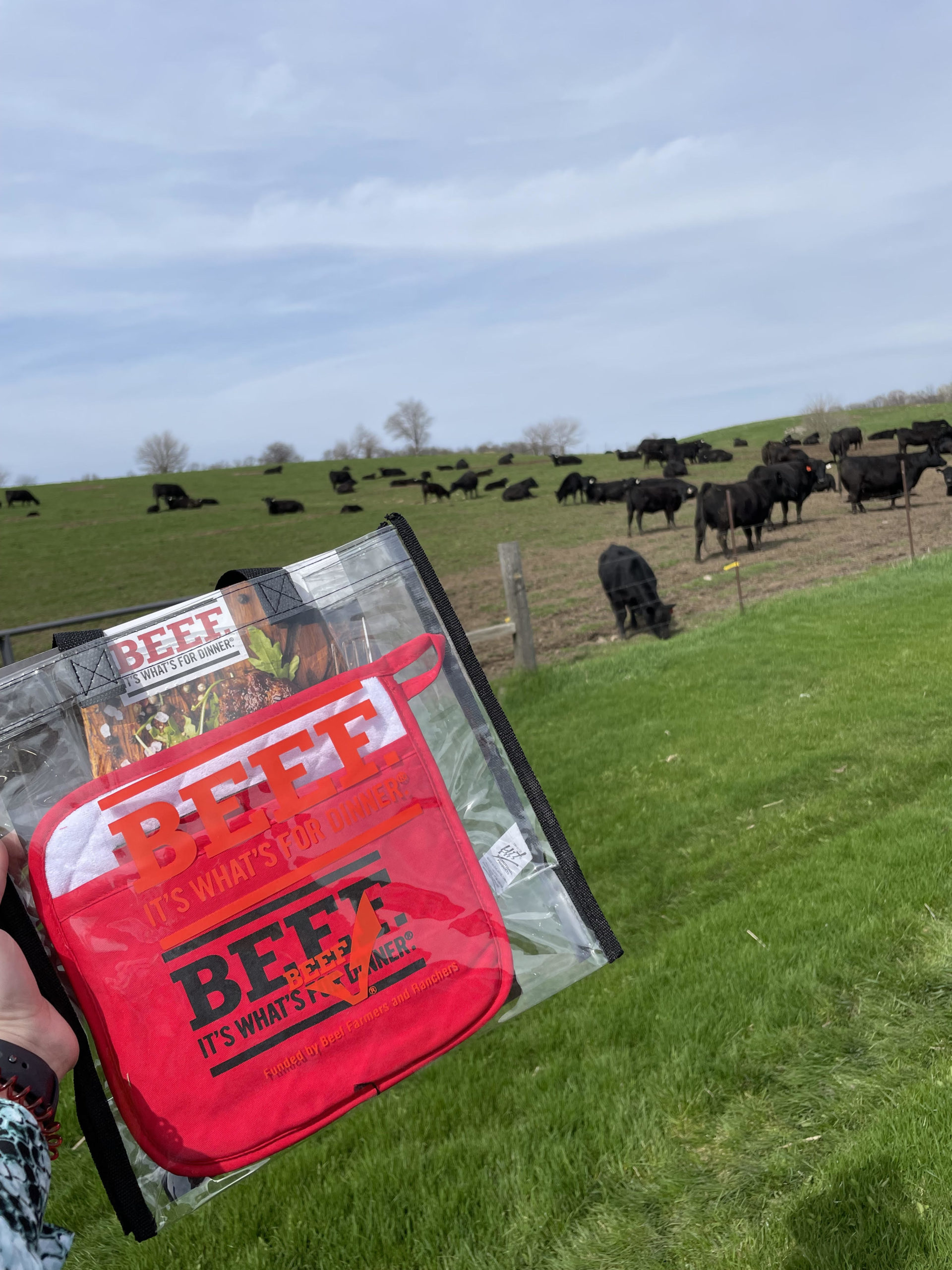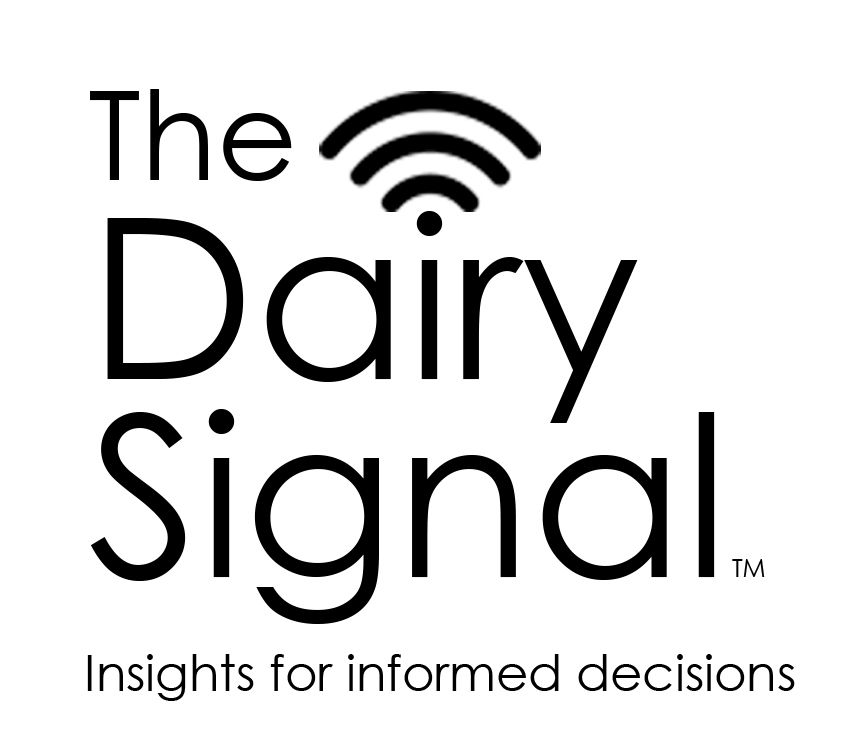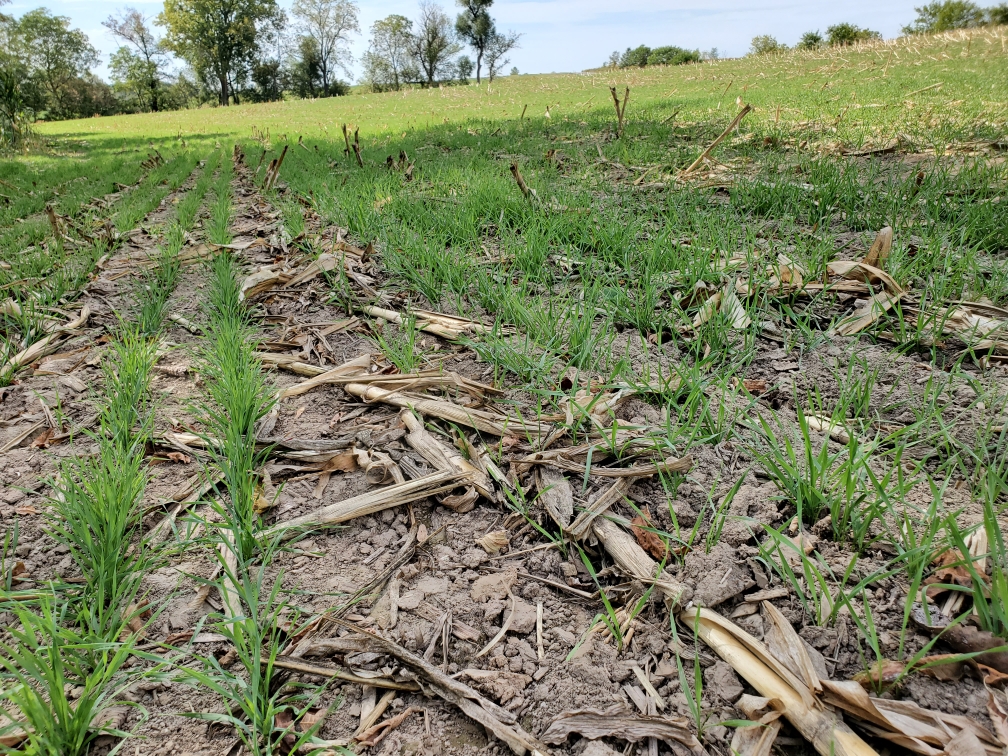June Workshops Focus On Feet
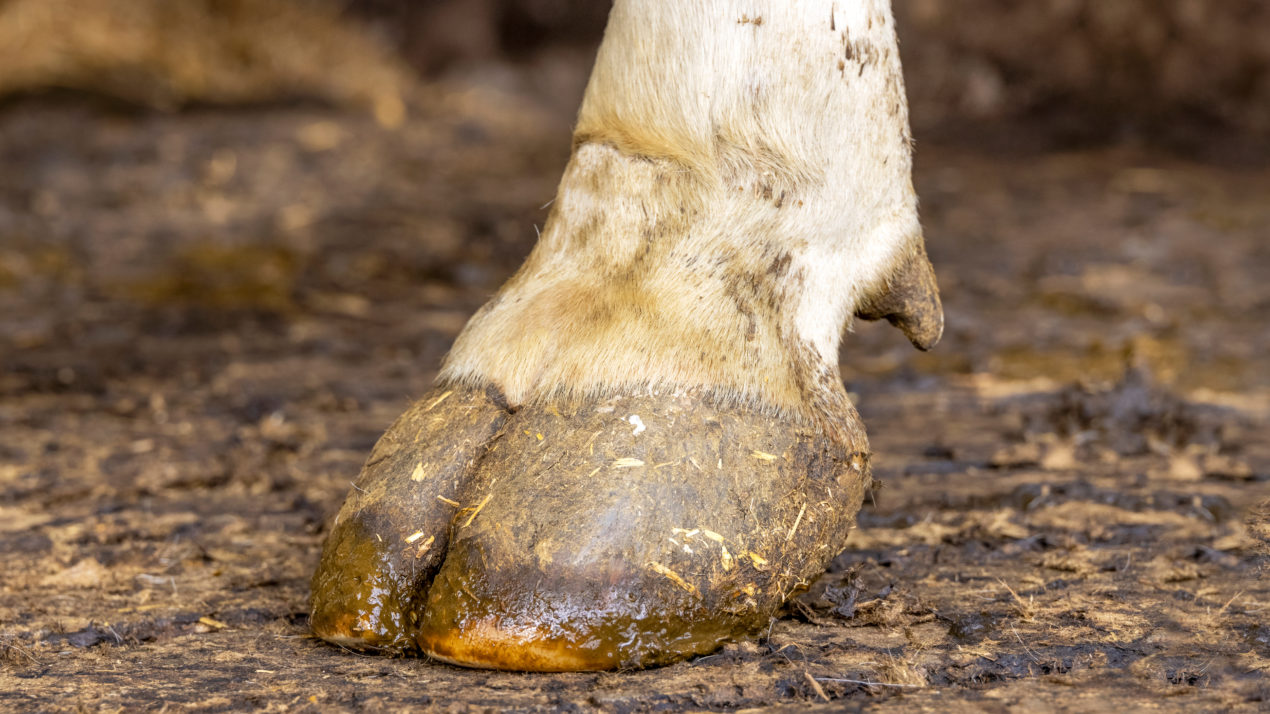
Preventing lameness in a dairy herd is paramount to the comfort and productivity of animals and team members. A series of management-level interactive workshops will be presented by the Professional Dairy Producers in June.
Targeting dairy managers, nutritionists, veterinarians, hoof trimmers and other key employees, the PDPW Hoof Management Workshops will explore the core factors to ensure the longevity and health of their dairy herd.
Each workshop will be simultaneously translated into Spanish; they’ll be presented June 14 at Ideal Dairy in Hudson Falls, New York; June 28 at Grotegut Dairy in Newton, Wisconsin; and June 30 at Driftwood Dairy in Baltic, South Dakota. Each workshop will begin with registration at 9:30 a.m. and conclude at 3:45 p.m.
“These workshops will take a 360 approach to preventing lameness,” says Cassandra Strupp, program manager with PDPW. “One of our key objectives is to view this issue from every perspective on the dairy to optimize the health, wellbeing and productivity of cows.”
It’ll cover a range of topics impacting hoof health and lameness, including the technical aspects of footbath design, functionality and frequencies, and their potential to alleviate foot rot and digital dermatitis. The program will also feature a critical assessment of facility design and its impact on cow comfort as well as discussions on risk factors for maturing heifers, and identifying treatments and protocols for chronically challenged cows. Attendees will leave with strategies to keep sound hoof-health records that help determine trends, manage progress and monitor programs.
The workshop will be presented by a team of leading experts in lameness and hoof-care research: Karl Burgi, founder of Save Cows Network; UW-River Falls Prof. Kate Creutzinger; University of Minnesota Prof. Marcia Endres; and Roger Olson, dairy account manager for Zinpro Corporation.
The PDPW Hoof Management Workshop is accredited and approved for continuing education (CE) credits, including up to 4.25 CEs in Dairy AdvanCE (DACE) and up to 4 CEs in ARPAS credits. Learn more: www.DairyAdvance.org
See more details: www.pdpw.org
June Workshops Focus On Feet
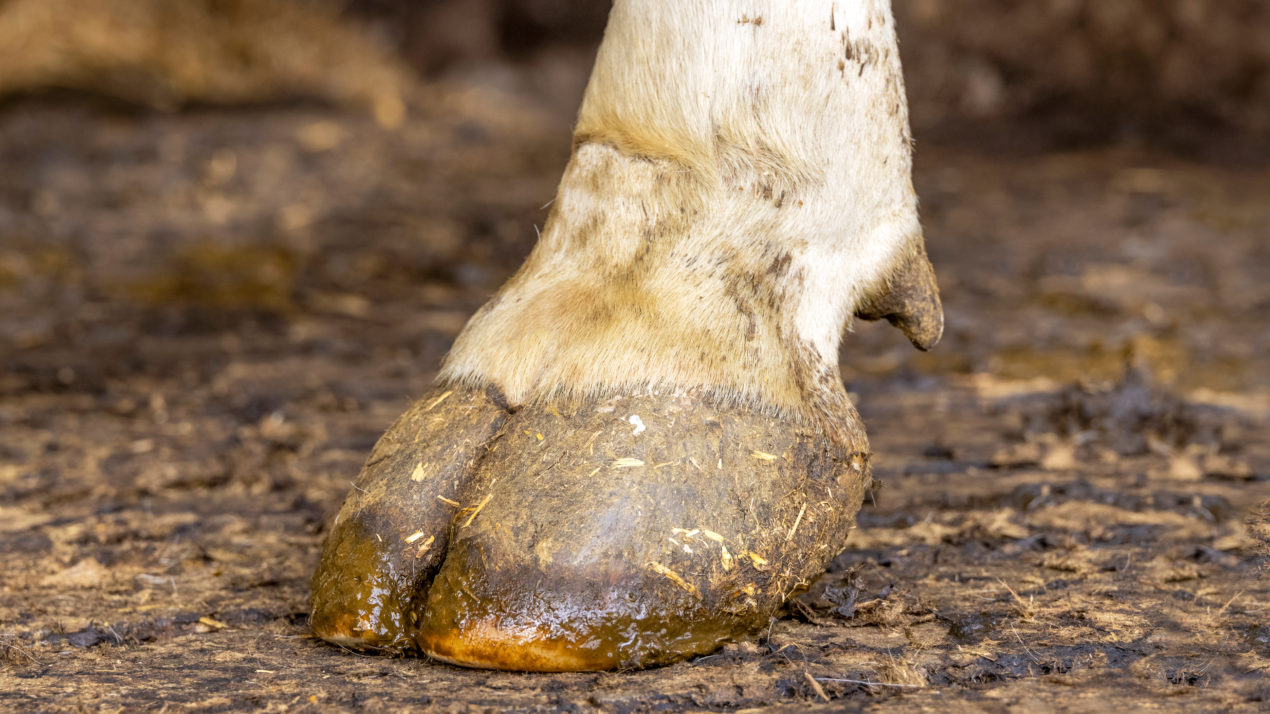
Preventing lameness in a dairy herd is paramount to the comfort and productivity of animals and team members. A series of management-level interactive workshops will be presented by the Professional Dairy Producers in June.
Targeting dairy managers, nutritionists, veterinarians, hoof trimmers and other key employees, the PDPW Hoof Management Workshops will explore the core factors to ensure the longevity and health of their dairy herd.
Each workshop will be simultaneously translated into Spanish; they’ll be presented June 14 at Ideal Dairy in Hudson Falls, New York; June 28 at Grotegut Dairy in Newton, Wisconsin; and June 30 at Driftwood Dairy in Baltic, South Dakota. Each workshop will begin with registration at 9:30 a.m. and conclude at 3:45 p.m.
“These workshops will take a 360 approach to preventing lameness,” says Cassandra Strupp, program manager with PDPW. “One of our key objectives is to view this issue from every perspective on the dairy to optimize the health, wellbeing and productivity of cows.”
It’ll cover a range of topics impacting hoof health and lameness, including the technical aspects of footbath design, functionality and frequencies, and their potential to alleviate foot rot and digital dermatitis. The program will also feature a critical assessment of facility design and its impact on cow comfort as well as discussions on risk factors for maturing heifers, and identifying treatments and protocols for chronically challenged cows. Attendees will leave with strategies to keep sound hoof-health records that help determine trends, manage progress and monitor programs.
The workshop will be presented by a team of leading experts in lameness and hoof-care research: Karl Burgi, founder of Save Cows Network; UW-River Falls Prof. Kate Creutzinger; University of Minnesota Prof. Marcia Endres; and Roger Olson, dairy account manager for Zinpro Corporation.
The PDPW Hoof Management Workshop is accredited and approved for continuing education (CE) credits, including up to 4.25 CEs in Dairy AdvanCE (DACE) and up to 4 CEs in ARPAS credits. Learn more: www.DairyAdvance.org
See more details: www.pdpw.org
World Dairy Expo Looks For Interns
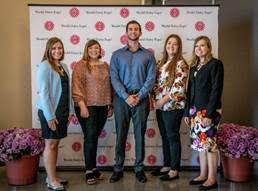
As the 55th World Dairy Expo approaches, Expo is searching for college students who are passionate about the dairy industry to be part of the 2022 media team. Four students have the opportunity to spend WDE as media interns giving them an intimate look at the storied event.
Under the direction of Expo’s communications manager, media interns assist with media initiatives at World Dairy Expo and the management of the Media Room, Expo’s on-site resource for reporters, writers and photographers. This week-long internship in Madison, Wisconsin provides students with an active role in writing press releases, creating content, and executing social media plans while engaging with media professionals and dairy industry representatives from around the globe.
“The media intern team is a key element in the successful execution of this must-attend event for the global dairy industry,” highlights Katie Schmitt, WDE Communications Manager. “Expo is excited to once again offer this unique opportunity to students from across the country who are passionate about the dairy industry and looking for a great hands-on experience.”
Qualified individuals are actively pursuing a Bachelor’s or Master’s degree in a dairy, agriculture, or communications-related field with excellent written and verbal communication skills. Students should visit World Dairy Expo’s website, www.worlddairyexpo.com, and select “Careers” under the “About Us” tab for the complete job description and all pertinent application details. Questions about this position should be directed to Schmitt at [email protected].
Farmer Veterans Get Award
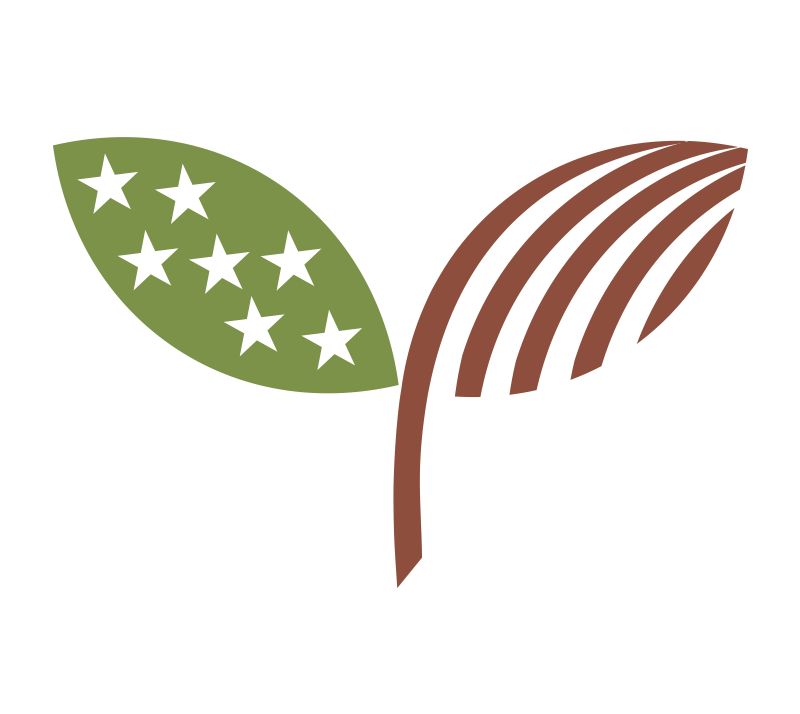
Farmer Veteran Coalition announced $470,000 given in awards and equipment to veterans across the country through the Farmer Veteran Fellowship Fund. Two recipients hail from Wisconsin.
It’s the largest amount awarded in program history. The Farmer Veteran Fellowship Fund provides direct assistance to veterans involved in agriculture by awarding them equipment and small grants in the amount of $1,000 to $5,000 to purchase items they have identified will make a crucial difference in the launch of their farm business.
Congratulations to U.S. Coast Guard Vet Zach Mallory of Mallory Meadows in Eagle, Wisconsin, and U.S. Army Vet Gretchen Batterman of Batz Bees in Sugar Island, Wisconsin, on receiving an award.
More than 130 farmer veterans representing 41 states and all branches of service — with the exception of the Space Force — received notifications this week that they have been selected to receive an award to purchase things like beekeeping equipment, fencing, livestock, tractor implements, walk-behind tractors, and other supplies.
“At a time when the agriculture industry is feeling the effects of current events, it’s a great pleasure to give a well-deserved boost to our farmer veterans who continue to serve our nation through farming,” says Rachel Petitt, program director for the Farmer Veteran Fellowship Fund. “Without the generous support from our funders, it wouldn’t be possible to make such a big impact and provide this much needed assistance to our farmer veterans.”
Veterans who submitted an application to the Farmer Veteran Fellowship Fund had the option to apply for Kubota’s Geared to Give program which donates five pieces of equipment and grants to Farmer Veteran Coalition members each year. Recipients of this year’s Geared to Give awards will be announced later this spring. The Geared to Give program has provided 41 pieces of equipment and grants to Farmer Veteran Coalition members since it was established in 2015.
Awardees of the Farmer Veteran Fellowship Fund were selected by third-party reviewers consisting of seasoned agriculture industry professionals from Farm Credit Council and their network of cooperative lending institutions, the National AgrAbility Project, and other partner organizations. Applications were judged based on the strength of a veteran’s business plan, personal investment in their business, vision and goals, and a clear need for assistance. The application period for the Farmer Veteran Fellowship Fund opens once per year, usually in January, at which time veterans have four weeks to submit an application.
“Access to capital is often one of the biggest challenges beginning farmers face and the Farmer Veteran Fellowship Fund was established to help address that challenge for U.S. Military veterans and servicemembers who operate an agriculture business,” says FVC Executive Director Jeanette Lombardo.
See the full list of awardees: www.farmvetco.org/2022-awardees
Since it was established in 2011, the Farmer Veteran Fellowship Fund has awarded nearly $4 million in small grants and equipment to more than 930 veterans.
Learn more about the Farmer Veteran Fellowship Fund: www.farmvetco.org/fvfellowship
Contact [email protected] to support the fund.
Wisconsin Herds Dominate Award
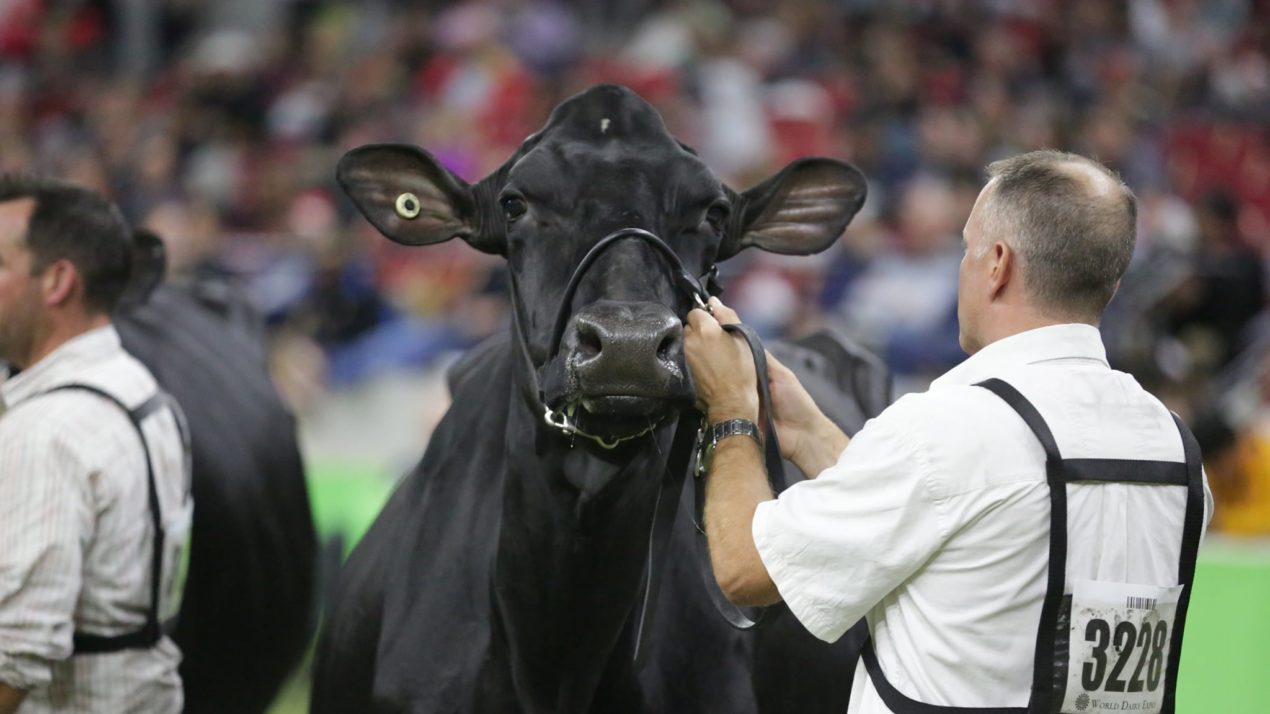
Six of the eight breeders recognized by the Holstein Association USA’s 2021 Herds of Excellence recipients are in Wisconsin!
Holstein Association USA’s 2021 Herds of Excellence have all bred and developed herds with superior production and type. Given annually, the award recognizes outstanding Registered Holstein® breeders who have achieved the best of both in one package.
“Hats off to the eight 2021 Herds of Excellence! The Brantner, Kestell, Koepke, Koester, Long, Siemers, Vandertie, and Zwald family herds provide excellent examples that show whatever you’re interested in breeding for, the Holstein breed has the diversity in genetics to accomplish your goals,” says Holstein Association USA CEO John Meyer.
The award is broken down into three divisions based on herd size, including the Large Herd Division (500+ cows), Medium Herd Division (100-499 cows), and Small Herd Division (10-99 cows).
This year’s honorees are:
Large Herd Division:
Bomaz Inc. — The Zwald Family, Hammond, Wis.
92.9% homebred; Age Adjusted Classification Score (AACS) — 85.6 points
ME Production Averages — 32,882M 1,319F 1,046P
Four Year Honoree
Siemers Holstein Farms Inc. — The Siemers Family, Newton, Wis.
98.5% homebred; AACS — 84.8 points
ME Production Averages — 35,865M 1,511F 1,100P
Six Year Honoree
Medium Herd Division:
Koepke Farms Inc. — The Koepke Family, Oconomowoc, Wis.
100% homebred; AACS — 84.9 points
ME Production Averages — 35,002M 1,433F 1,060P
Five Year Honoree
Koester Dairy Inc. — The Koester Family, Dakota, Ill.
98.8% homebred; AACS — 85.0 points
ME Production Averages — 35,221M 1,465F 1,110P
Six Year Honoree
Small Herd Division:
B-Long Holsteins — Bruce, Brenda & Bret Long, New London, Wis.
100% homebred; AACS — 88.2 points
ME Production Averages — 35,059M 1,377F 1,122P
Eleven Year Honoree
Doorco Holsteins— Dan, Julie, and Austin Vandertie, Brussels, Wis.
100% homebred; AACS — 88.4 points
ME Production Averages — 35,466M 1,397F 1,085P
Five Year Honoree
Ever-Green-View Holsteins, LLC — The Kestell Family, Waldo, Wis.
97.7% homebred; AACS — 88.6 points
ME Production Averages — 40,588M 1,698F 1,267P
Twelve Year Honoree
Show-Mar Holsteins — The Brantner Family, Evans City, Pa.
100% homebred; AACS — 89.5 points
ME Production Averages — 36,662M 1,622F 1,141P
Two Year Honoree
The awards will be presented during Holstein Association USA’s 136th Annual Meeting in Sioux Falls, South Dakota. To register for the convention or learn more, visit www.2022nationalholsteinconvention.com.
Read more about the 2021 Herds of Excellence in the Spring 2022 issue of The Pulse. Select pages of The Pulse are available at www.holsteinusa.com under the Latest News tab.
About the Award
The Herd of Excellence designation honors Registered Holstein breeders who have developed Holstein herds that excel in both production and type.
To be recognized with this accolade, herds must have classified within the last year and have an age-adjusted average classification score of 83 points or higher; have at least 70 percent of the herd homebred; and be enrolled in the Association’s TriStarSM production records program. Additionally, qualifying herds must meet the following production criteria:
- Large Herd Division – 15 percent above breed average ME for milk, fat and protein
- Medium Herd Division – 20 percent above breed average ME for milk, fat and protein
- Small Herd Division – 25 percent above breed average ME for milk, fat and protein
Beef Numbers On The Rise
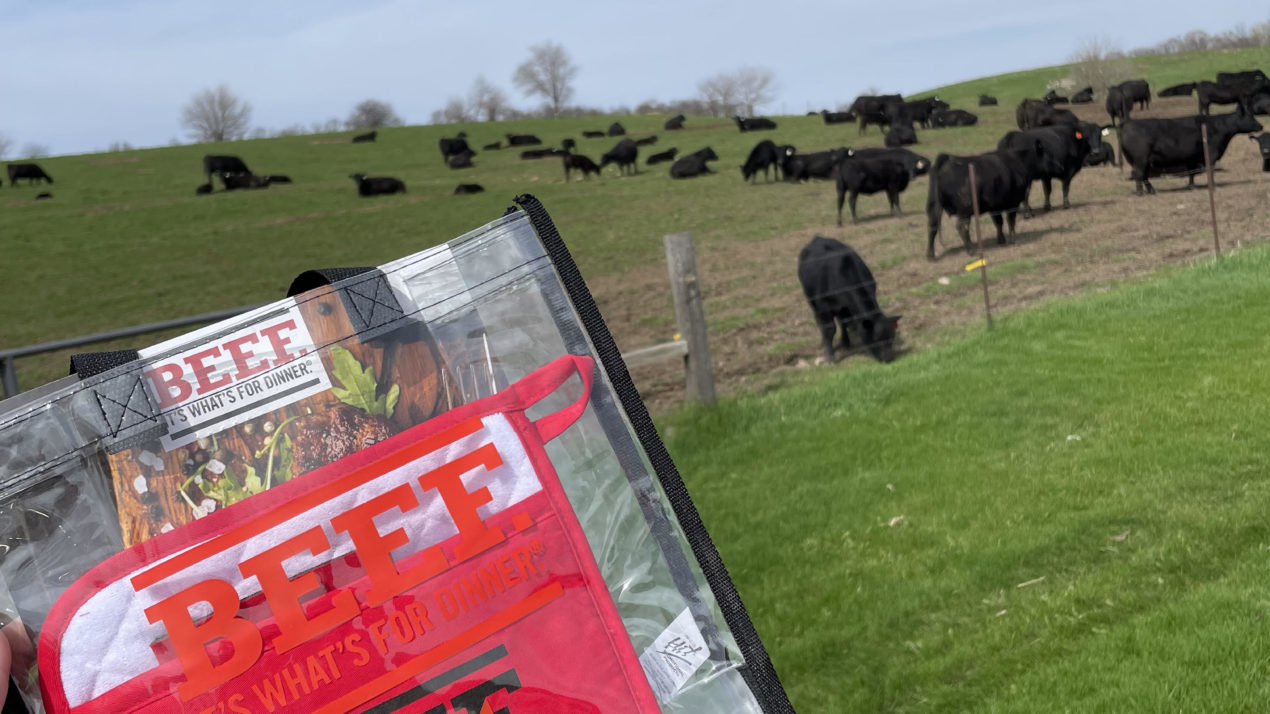
To kick off the start of May beef month, the Department of Agriculture, Trade and Consumer Protection (DATCP) partnered with the Wisconsin Cattlemen’s Association and the Wisconsin Beef Council to host a roundtable discussion at Marda Angus Farm. Industry leaders and elected officials were in attendance, including the family behind the operation.
Terry Quam, an owner of Marda Angus Farm, says that consumers have taken ahold of beef as their lead protein, which allowed it to move through the grocery and restaurant chains even when supply was limited through the pandemic.
He says that beef processing has returned to near normal, but the challenge producers continue to face? Reaching their consumers.
Despite these challenges, he says beef producers are resilient, and although other state’s beef herds are shrinking, Wisconsin is growing. It is, in fact, the largest it has ever been.
This Avian Flu Hurts Eagles & Owls
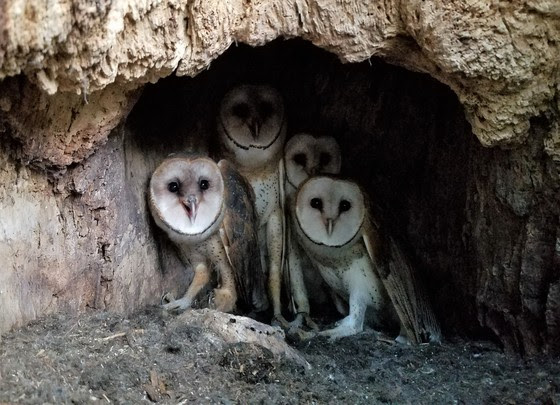
Eleven Wisconsin counties are facing bird flu, and DATCP just released an order stopping the movement of birds to live shows, exhibits and swaps. Meanwhile, 26 counties in Wisconsin have seen wild bird mortalities as a result of the highly pathogenic avian influenza.
DNR Veterinarian Lindsey Long says predatory birds like eagles, hawks and owls are impacted by this particular strain, the same for waterfowl.
“We’ve collected 141 carcasses as of May 6th for testing, so those would be birds that were noted with clinical signs suspicious of the currently circulating HPAI,” Long tells Mid-West Farm Report. “Some results are still pending, but so far we’ve had 61 birds from 26 counties in which the H5 HPAI has been detected during this event.”
This is in stark contrast to the one bird flu mortality in a snowy owl recorded during the 2015 outbreak.
Luckily, sunshine kills the virus, and warm weather allows birds to disperse. This brings optimism to the avian flu epidemic Wisconsin is experiencing.
Long says the simplest thing you can do to prevent the spread of avian influenza between wild birds and your domestic flock is to take down bird feeders and designate one pair of shoes to do solely chores.
Are You Prepared For The Heat Of Summer?
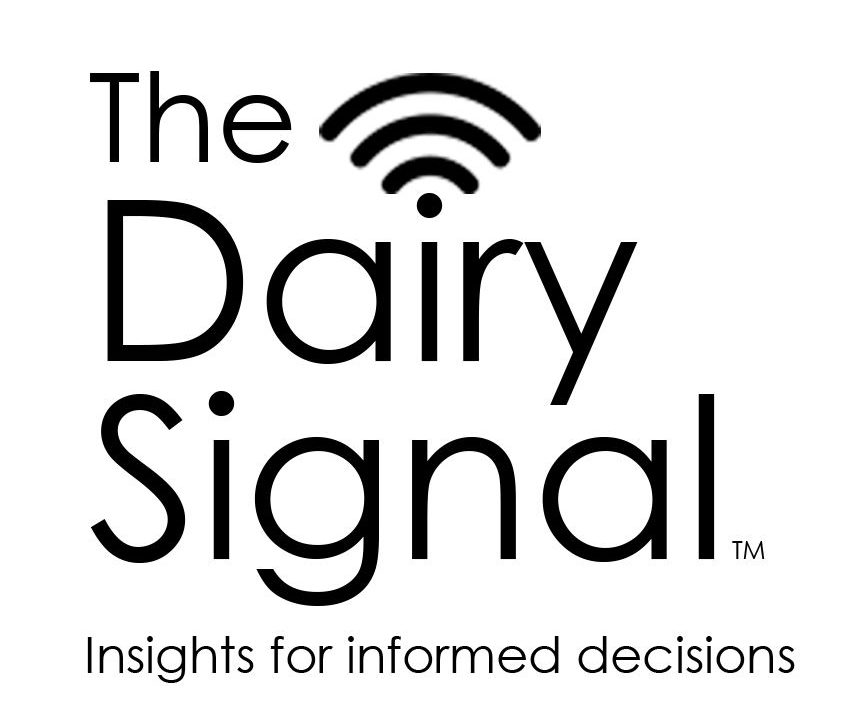
With warmer temperatures and more exposure to the sun just around the corner, next week’s episodes of The Dairy Signal from Professional Dairy Producers will highlight strategies to keep people and farms safe, and the impact of heat stress on dairy cow reproduction.
This week’s episodes of The Dairy Signal will cover the following topics:
Tuesday, May 17
Protecting yourself and your team from the sun and heat stress has both short- and long-term health benefits. Learn strategies for working and playing safely in the heat, including sun-protection tips and how to prevent and identify heat stress and heat stroke with Leslie Olivares, Western Center for Agricultural Health and Safety at UC-Davis.
Wednesday, May 18
A quick response can save property and lives in case of a fire. Discover important tips to prevent common fire hazards and learn how to respond when equipment or tractors overheat — or when a fire starts in a barn — with Pittsville Fire Chief Gerald Minor.
Thursday, May 19
Take a closer look into how heat stress impacts dairy cow reproduction, including longer breed-back time, incidence of twins and more. Learn practical strategies to combat these adverse effects during warmer summer months with UW-Madison Dairy Reproductive Specialist Dr. Paul Fricke.
The Dairy Signal is a weekly series of free educational episodes offering insights and resources for fellow dairy farmers and other food system professionals throughout the value chain. Developed by dairy farmers and members of the Professional Dairy Producers Board of Directors, the episodes air live from 12-1:00 p.m. each Tuesday, Wednesday and Thursday. Live sessions offer attendees the opportunity to engage in open Q&A with the speakers; recorded sessions are available later in the day.
All Dairy Signal episodes are accessible through www.pdpw.org.
Two Run For Ginseng Board
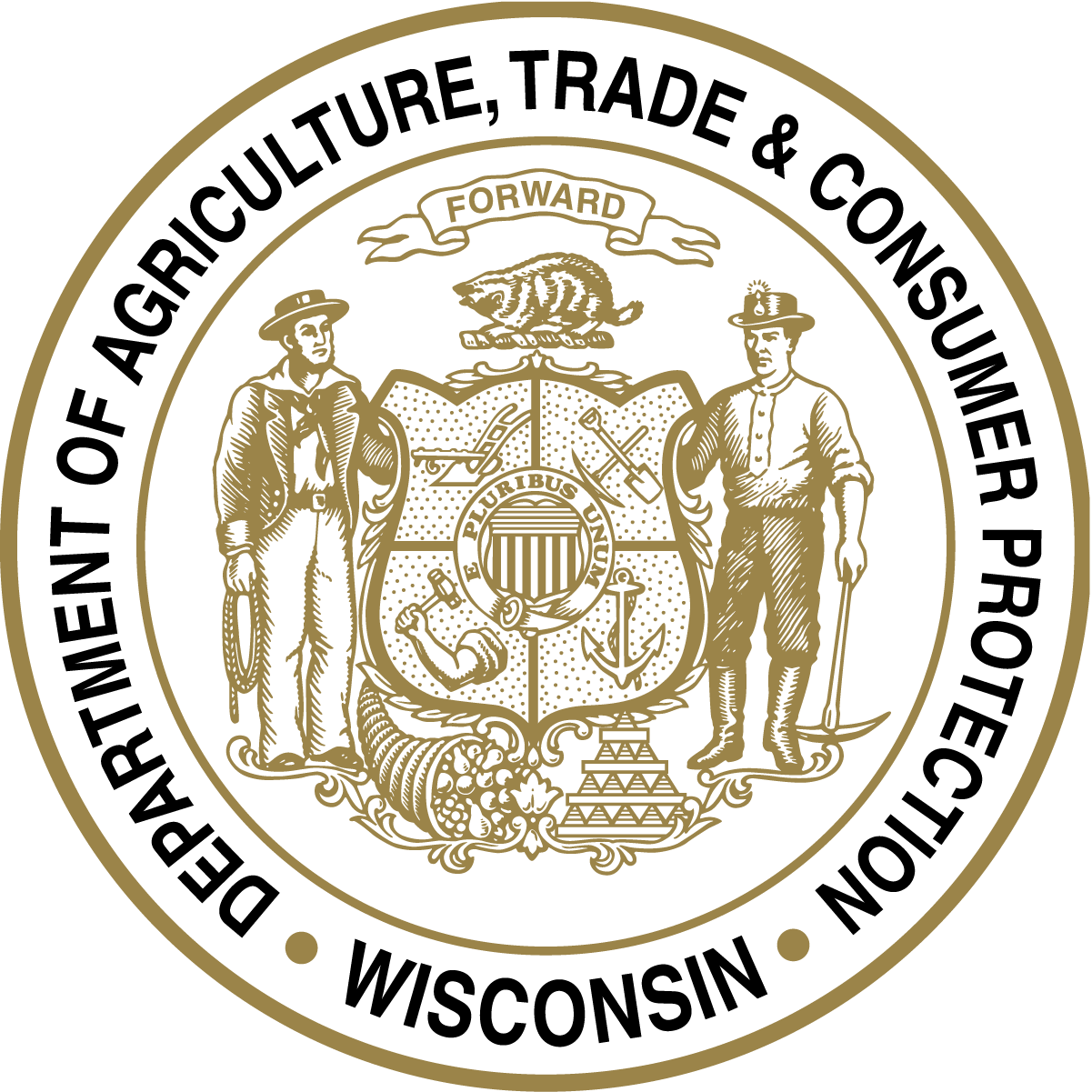
DATCP has certified two nominees that are eligible to be elected to the Ginseng Board of Wisconsin. Candidates were nominated during the period that ended April 1. Wisconsin ginseng growers have until June 15 to vote on the following candidates:
- Kirk Baumann, Wausau
- Danny Krueger, Wausau
DATCP will mail ballots to eligible ginseng growers this coming week. Growers who have not received a ballot by May 20 can request one by contacting Debbie Gegare, DATCP Market Orders Program Coordinator, at 608-224-5116 or [email protected]. Eligible growers can vote for the nominated growers or write in other eligible producers. Ballots must be emailed or postmarked by June 15.
Elected producers will serve three-year terms beginning July 1 and ending June 30, 2025.
6400 Football Fields Worth Of Green
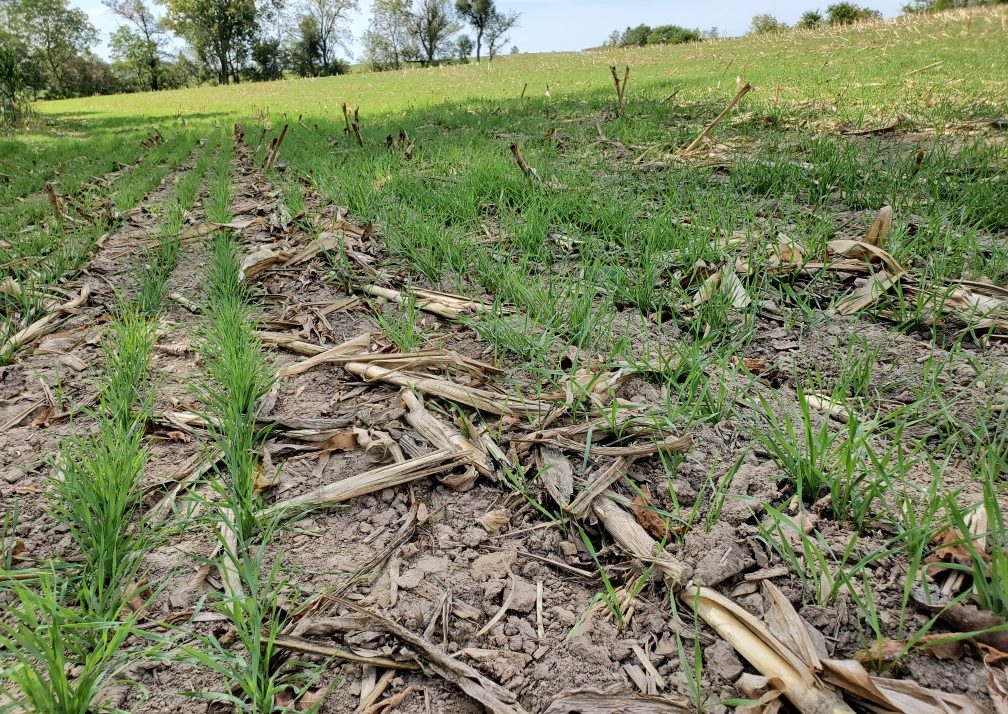
Just 10 years ago in Lafayette County, there were very few green fields after harvest and before the traditional spring planting. Now, a drive through the countryside showcases green fields year-round as conservation spreads across the county in the form of cover crops.
 |
Brian Schilling credits the growing green acres to the Lafayette Ag Stewardship Alliance (LASA) members and partners, who have made cover crops a top priority. The crops are plants used primarily to slow erosion, improve soil health, enhance water availability, smother weeds, help control pests and diseases and increase biodiversity.
LASA members planted 8,405 acres of cover crops in 2021, the equivalent of nearly 6,400 football fields.
Schilling dairy farms in southwestern Wisconsin, milking 2,100 cows and working 5,200 acres. Schilling Farm recently expanded by purchasing another local dairy, doubling the farm’s acres. Schilling and his brother, Andy, are third-generation farmers.
Schilling is proud to say he has always incorporated conservation practices, such as no-tillage and contour strips. The farm does split applications of nitrogen and has used a nutrient management plan for the past 15 years. The Schillings plan to plant 1,500 acres of cover crops this year.
“I am proud of what LASA has become and the huge influence we’ve had in our area. I see many cover crops being planted that 10 years ago we would not have seen,” Schilling said. “I feel we have a responsibility to help protect our environment, and I want to do anything and everything I can to protect it.”
Schilling is a board member of LASA, a farmer-led watershed conservation group in Lafayette County with 35 members. The six-year-old group represents 59,307 acres and 92,565 dairy animals, beef cattle and pigs. The alliance collaborates with university researchers, environmental groups and community leaders.
Schilling’s farm has seen many benefits from the conservation practices, especially when it comes to erosion. He said it is most noticeable in the spring when he no longer sees the soil or silt in the ditches; instead, it is cleaner water running. He has also noticed a yield benefit — approximately six bushels an acre on corn and cost savings by doing split applications of nitrogen. He’s also found improvement in soil health and fertility.
“We are applying less product to our fields than what we used to. By utilizing nutrients from the cows’ manure, we are able to use less synthetic products, too,” he said.
In addition to cover crops, LASA members reduced soil tillage on 25,693 acres in 2021. Members also use soil sampling and nutrient management plans. Overall, the group has seen a 67% increase in the number of acres with conservation practices since 2018.
Cover crops and other field practices adopted by LASA farmers are significantly reducing the chance of harmful runoff into streams and lakes, according to modeling-based analysis. The farmers in 2021 potentially prevented an estimated 116,659 pounds of phosphorus from leaving the fields and reduced 29,590 tons of sediment erosion along with reducing carbon dioxide equivalents by 11,680 tons, according to an analysis shared by Wisconsin Department of Agriculture, Trade and Consumer Protection, the University of Wisconsin-Madison, and The Nature Conservancy (TNC).
For comparison, a mid-size dump truck can carry 10 tons of sediment, and 1 pound of phosphorous in a lake or stream has the potential to cause the growth of up to 500 pounds of algae, which can degrade water quality. The amount of greenhouse gas emissions reduced equals 2,540 cars driven for a year.
The modeling-based analysis calculated an estimate of the potential impact of cover crops, low-disturbance manure application and reduced tillage compared to more conventional methods typical to the group’s area.
 |
TNC, a key supporter of LASA, helped complete the analysis, which is based on surveys from the farms.
“LASA farmer members are increasingly adopting sustainable practices to ensure they not only meet the increasing demands of a growing population but also safeguard our water and soils for future generations,” Steve Richter, TNC’s director of agriculture strategies in Wisconsin, said.
By being a member of LASA, Schilling continues to accomplish his conservation goals. He said it helps to have farmer-to-farmer conversations so the farm isn’t doing all of this by trial and error. The Schilling brothers can see new practices in action at field days which sparks their interest in trying them.
“Our farm is proactive, and we are proud to see the growth across the county. Some (farmers) might not be members, but by seeing what’s happening around them, neighbors have taken on the conservation practices,” he said.
BY THE NUMBERS
Number of acres covered by conservation practices among Lafayette Ag Stewardship Alliance members:
- 2018 ― 98,266
- 2019 ― 129,055
- 2020 ― 144,105
- 2021 ― 164,599
*Multiple conservation practices can be used on a farm field
Potential impact of conservation practices in 2021:
- Phosphorus runoff reduction ― 116,659 pounds
- Sediment erosion reduction ― 29,590 tons




